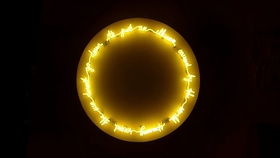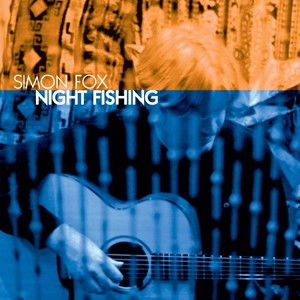Content:
Fishing, an age-old pastime, has always been a source of relaxation and enjoyment for anglers around the world. Whether you are a seasoned pro or a beginner, one essential aspect of fishing that can significantly enhance your experience is the use of baits. Baits, particularly those enhanced with small lures or additives, can make a world of difference in attracting fish and making your fishing trip more successful. In this article, we will delve into the art of using small baits effectively to improve your fishing skills.
Understanding the Basics of Baits
Before we dive into the specifics of using small baits, it's crucial to understand the basics. Baits are artificial or natural substances used to attract fish to a fishing hook. They come in various forms, including live bait, artificial lures, and even scented baits. Small baits, often referred to as "jigs" or "grubs," are particularly effective for targeting smaller fish species and can be used in a variety of fishing techniques.
Choosing the Right Small Bait
The first step in mastering the use of small baits is to choose the right one for your fishing environment and the species you are targeting. Here are some factors to consider:
Species Preferences: Different fish species have varying preferences when it comes to bait. For instance, some fish are more attracted to certain colors, shapes, or scents. Research the species you are targeting to determine the best bait type.
Water Conditions: The clarity and temperature of the water can influence which bait works best. In murky waters, brighter or more vibrant baits may be more effective, while in clear waters, natural or subdued colors might be more appealing.

Size and Shape: The size and shape of the bait should mimic the natural prey of the fish you are targeting. For example, a minnow-shaped bait is more likely to attract fish that feed on minnows.
How to Use Small Baits
Once you have selected the appropriate small bait, it's time to learn how to use it effectively. Here are some tips:
Presentation: The way you present your bait can make a significant difference. For example, a slow and steady retrieve can attract fish that are feeding near the surface, while a faster retrieve might be more effective for deeper water.
Movement: Fish are often attracted to movement, so don't be afraid to vary the speed and direction of your retrieve. This can mimic the natural movement of prey and trigger strikes.
Scent: Many small baits come with added scents to attract fish. Ensure that the scent is fresh and potent, as it can be a powerful tool in attracting fish from a distance.
Tie-On Techniques: Learning how to tie your bait onto the fishing line correctly is essential. This ensures that the bait moves naturally and doesn't hinder your fishing efforts.
Rigging: The rigging of your bait can also impact its effectiveness. For example, using a Carolina rig with a small bait can help it reach deeper water and cover more ground.
Advanced Techniques
For those looking to take their fishing skills to the next level, here are some advanced techniques to consider:
Weighted Baits: Adding weight to your bait can help it reach deeper water, which is particularly useful in cold water or when targeting bottom-feeding fish.
Spinnerbaits: These are small, spinning lures that can create a lot of movement and noise, attracting fish from a distance.
Grub Baits: Grub baits are versatile and can be used in a variety of ways, from Texas rigging to Carolina rigging, to achieve different presentations.
Scented Baits: Using scented baits can be a game-changer, especially in waters with high competition from other anglers. Experiment with different scents to find what works best for your fishing environment.
In conclusion, mastering the use of small baits in fishing is a skill that can greatly enhance your angling experience. By understanding the basics, choosing the right bait, and employing effective techniques, you can increase your chances of success on the water. Whether you're targeting panfish, bass, or any other species, the right bait and presentation can make all the difference. So, the next time you head out for a fishing trip, remember these tips and techniques, and enjoy the thrill of the catch. Happy fishing!












